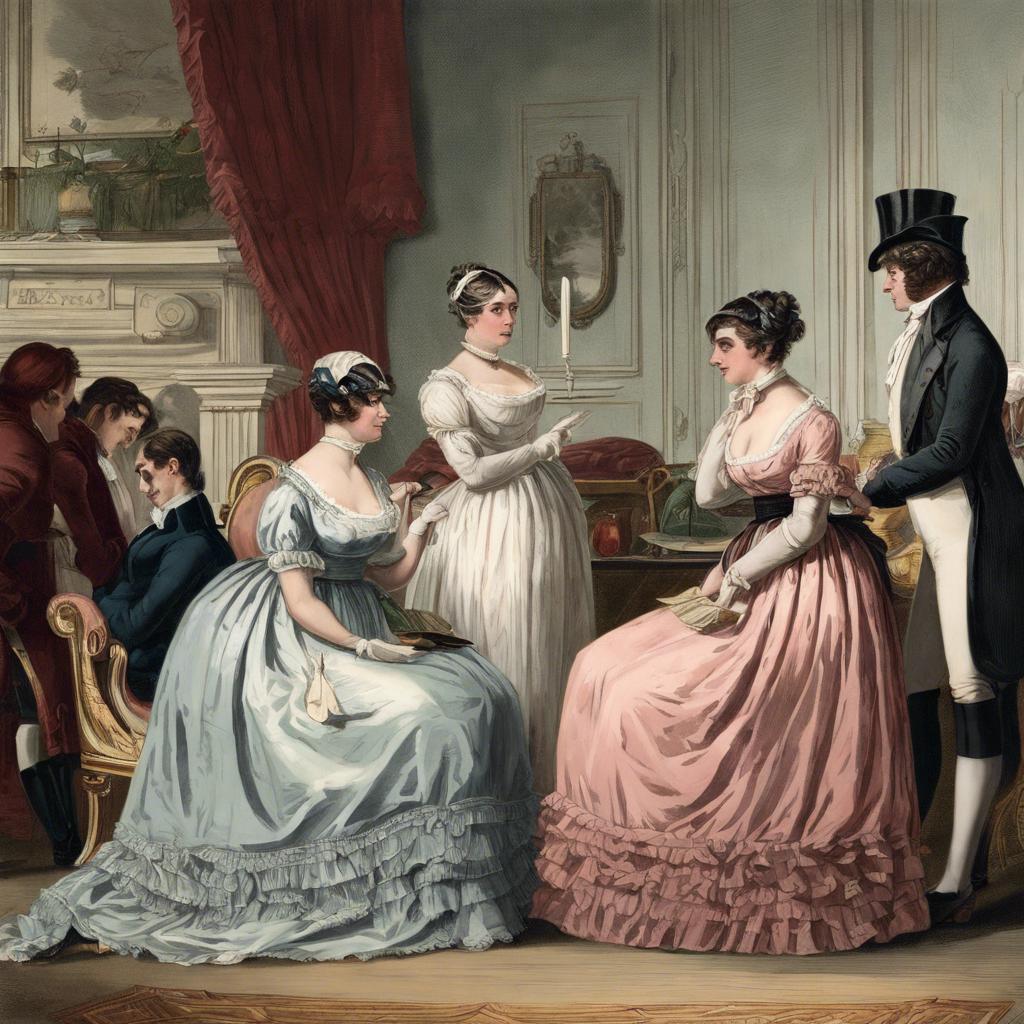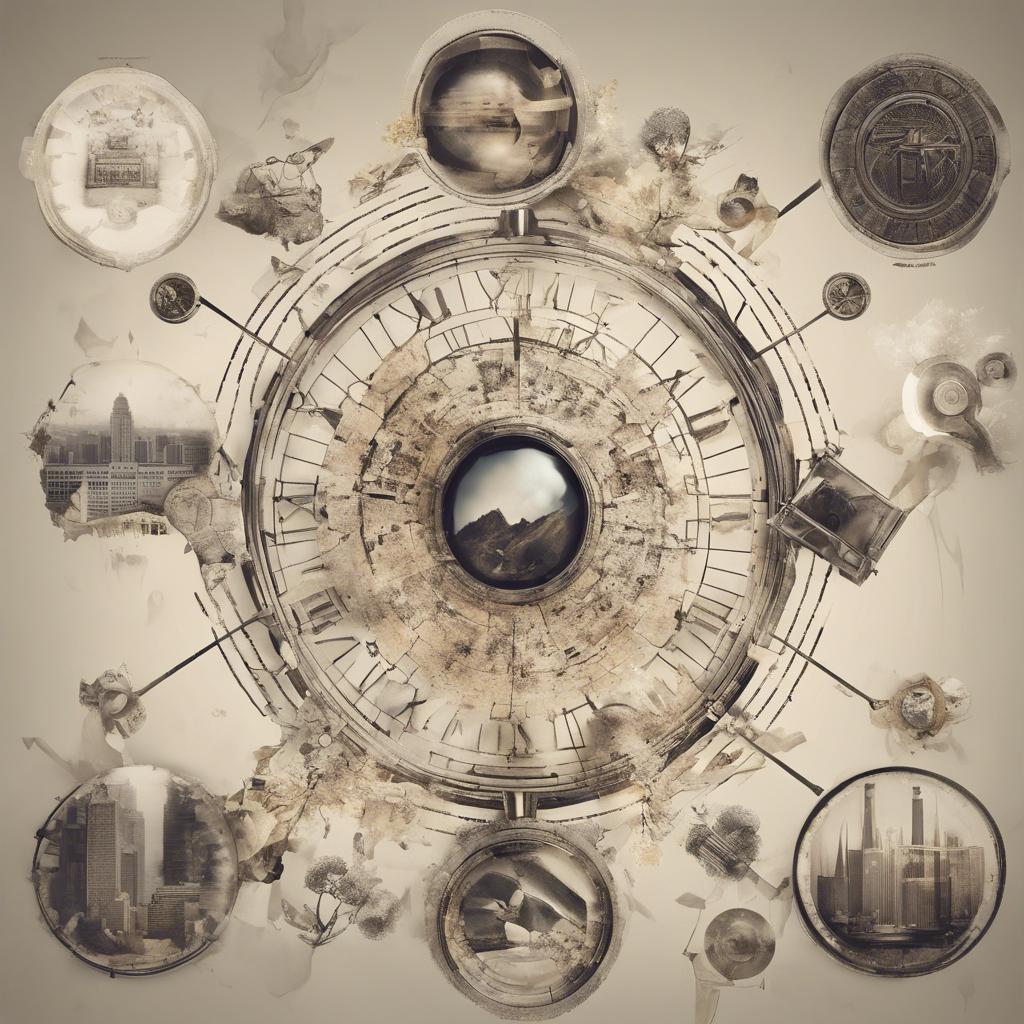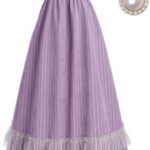During the Regency era, a strict set of social customs and guidelines governed the behavior of England’s upper classes. From elaborate dinner parties to courtship rituals, the Regency era was marked by a plethora of rules that dictated every aspect of daily life. Understanding these rules is essential for gaining insight into the etiquette and social structures of this fascinating period in history. Join us as we delve into the intricate world of Regency era rules, exploring the manners, customs, and traditions that shaped the society of the early 19th century.
Step Into the World of Cheryl Bolen
Dive into the enchanting stories of love, intrigue, and elegance set in the Regency Era. Cheryl Bolen's novels offer timeless romance and captivating tales that will leave you wanting more.
Explore Cheryl Bolen's Books Now
Regency Etiquette: Navigating Social Norms and Expectations
In the Regency era, social norms and expectations played a significant role in the daily lives of individuals. It was essential to adhere to proper etiquette to maintain one’s social standing and reputation. Understanding and following the rules of Regency etiquette were crucial for navigating the complex social hierarchy of the time.
Dress Code
- Proper attire was of utmost importance in Regency society. Men were expected to wear tailored coats, waistcoats, and trousers, while women were required to wear high-waisted dresses with empire silhouettes.
- Accessories such as gloves, hats, and parasols were also essential for both men and women when venturing out in public.
- Following the dress code not only showcased one’s status but also demonstrated respect for the societal norms of the time.
Conversations and Interactions
- Polite conversation was an art form during the Regency era. It was essential to engage in witty banter and adhere to the rules of civility when interacting with others.
- Topics such as politics and religion were often avoided in social settings, as they had the potential to create tension and conflict.
- Respect for one’s elders and those of higher social standing was paramount, with proper titles and forms of address being used at all times to show deference and respect.
Dining Etiquette
- Proper manners at the dining table were a reflection of one’s upbringing and refinement in Regency society.
- Guests were expected to wait for the host or hostess to begin eating before they could start their meal.
- Using utensils correctly, avoiding loud chewing, and engaging in polite conversation were all part of dining etiquette during this period.
| Dinner Table Setting |
|---|
| Plate |
| Napkin |
| Fork |
| Knife |
| Spoon |
The Intricacies of Regency Courtship and Marriage
In the Regency era, courtship and marriage were governed by a strict set of rules and etiquette that dictated every aspect of romantic relationships. One of the key elements of courtship was the importance of matchmaking, with parents and other respected members of society playing a significant role in arranging marriages. Marriages were often seen as strategic alliances between families, with considerations such as wealth, social status, and reputation playing a crucial role in the decision-making process.
During courtship, couples were expected to adhere to a strict code of conduct that emphasized chastity, modesty, and proper decorum. Physical contact between unmarried individuals was strictly forbidden, and courtships were often conducted under the watchful eye of chaperones. Engagements were formalized through the exchange of rings, which symbolized a binding commitment between the couple and their families.
Marriage in the Regency era was a complex and highly ritualized affair, with numerous customs and traditions to be observed. Weddings were lavish affairs, with elaborate ceremonies and extravagant celebrations. The bride’s attire was of particular importance, with wedding dresses typically made of sumptuous fabrics such as silk and satin, adorned with intricate lace and embroidery. Guests were expected to adhere to strict dress codes, with men donning formal attire and women wearing elegant gowns and accessories.
Understanding Regency Fashion: Decoding Dress Codes and Etiquette
In the Regency era, fashion was more than just clothing – it was a reflection of one’s social status and adherence to societal norms. Understanding the dress codes and etiquette of this time period is essential for navigating the intricate world of Regency fashion.
- Silhouettes: Regency fashion was characterized by high-waisted dresses for women and tailcoats for men, creating a slim and elongated silhouette.
- Fabrics: Fine fabrics such as muslin and silk were preferred, with pastel colors and delicate floral patterns being popular choices.
- Accessories: Accessories like gloves, fans, and parasols were essential for completing a Regency outfit and adhering to the strict fashion rules of the time.
| Regency Fashion Etiquette | Rules |
|---|---|
| Proper Attire | Formal events required full-length dresses for women and tailcoats for men. |
| Modesty | Showing too much skin was considered improper, with high necklines and long sleeves being the norm. |
| Hairstyles | Neat and simple hairstyles were favored, with curls and soft updos being popular choices. |
By decoding the dress codes and etiquette of the Regency era, one can truly immerse themselves in the glamour and sophistication of this fascinating period in history.
Mastering Regency Dining: Table Manners and Social Graces
During the Regency era, adhering to strict table manners and social graces was essential for those looking to make a good impression in high society. One of the most important rules during this time was the proper use of cutlery. It was customary to use a variety of utensils, including forks, knives, and spoons, with each serving a specific purpose. For example, a fork was used for picking up food, while a knife was used for cutting.
Furthermore, guests were expected to wait for the hostess to begin eating before starting their own meal. It was considered rude to begin eating before everyone was seated and served. Additionally, conversation at the dining table was expected to be polite and engaging, with topics centered around art, literature, and current events. It was important to avoid discussing controversial or sensitive subjects.
Lastly, dress code was crucial during the Regency era. Guests were expected to dress formally for meals, with men wearing coats and ties, and women in elegant gowns. Proper attire signaled respect for the host and the occasion. Adhering to these rules of etiquette ensured that one would be seen as a refined and sophisticated member of society.
Insights and Conclusions
the regency era was a time of strict societal rules and expectations that governed every aspect of daily life. From the proper etiquette at social gatherings to the way one dressed and spoke, adherence to these rules was seen as crucial to maintaining one’s place in society. While some may view these regulations as oppressive and stifling, they served a greater purpose in upholding the stability and hierarchy of the time. As we look back on this fascinating era, we can gain valuable insights into the customs and traditions that shaped the society of the past. Let us continue to study and appreciate the rules of the regency era, as they provide a window into the complexities of this historical period.


